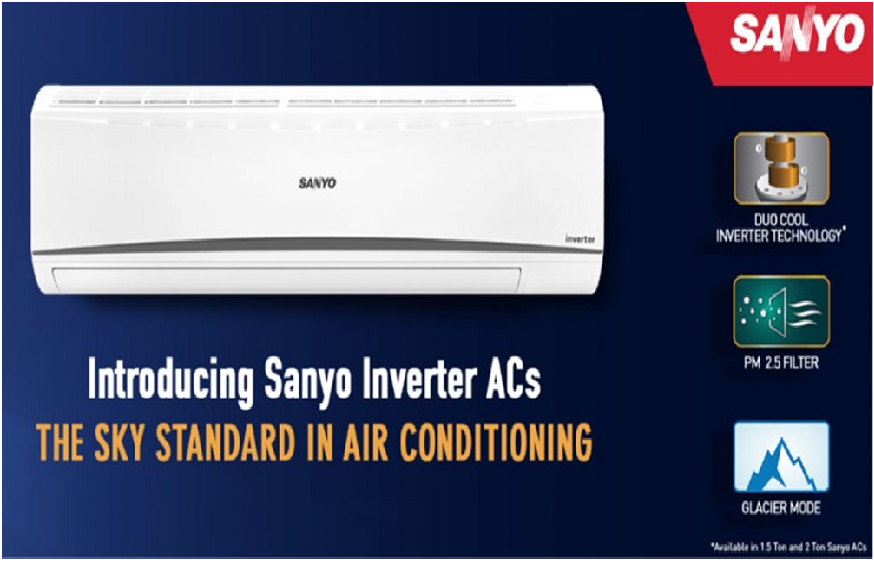What is air conditioning, and how does it work?
Air conditioning (also known as AC) is a cooling system that removes heat and moisture from a room. Air conditioners operate by transferring heat from your office or workplace to the outside. The system then sends cold refrigerant back into the evaporator. Finally, the air is taken in through the air filters and cooled by blowing it over the cold refrigerant containing pipes (evaporator coils). It functions similarly to a refrigerator or when water evaporates from the skin.
Functions of the air conditioning system
- The fundamental goal of air conditioning is to produce a pleasant room environment for people.
- Heating, cooling, dehumidifying, and humidifying are all possible uses for an air conditioning system.
- The importance of air conditioning for ventilation cannot be overstated. Whether you have a central or a window or wall unit, your air conditioner will assist in circulating air inside your home to avoid stuffiness.
Air Conditioning Tonnage
The tonnage of an air conditioner has nothing to do with its weight. A tonne is a word used in the HVAC industry to indicate how much heat an air conditioner can remove from a residence in an hour. The British thermal unit (BTU) is used to measure heat. 12,000 BTUs of air may be removed each hour by one tonne of air conditioning. A four-ton unit, for example, can transfer 48,000 BTUs. As a result, the higher the AC unit’s tonnage rating, the better.
Types of Air Conditioners
Central Air Conditioner
For commercial buildings, hostels and many hospitality establishments, this is one of the most frequent cooling options. The entire area is thoroughly cooled and dehumidified using central air conditioning through ducts. It cools all the rooms connected through ducts simultaneously, resulting in a cooler, much more controlled atmosphere throughout the entire building in the shortest amount of time.
Split Air Conditioner
An outside unit and an inside unit make up a split air conditioner. The outside unit contains the system’s compressor, condenser coil, and expansion coil (capillary tubing). The outer unit is connected with the cooling outlet installed inside via pipes. The elegantly designed cooling outlet contains the evaporator coil and a fan that sucks in air through the air filter and blows it over the evaporator coil to deliver cool air into the room.
Window Air Conditioner
The most basic form of an air conditioner is a window air conditioner. It is a single unit that contains all of the parts and components in a single box or case. This air conditioner is often fixed or placed in a window and connects to a standard electrical socket. It’s practical since it can be moved from window to window and functions independently of the home’s HVAC system.
Portable Air Conditioner
A portable air conditioner (PAC) is a self-contained cooling device used to cool single rooms. They usually sit on the floor and come with an easy-to-follow installation guide. Most versions feature wheels, allowing them to be moved from room to room, making them a better alternative to window units.
What is a 2 Ton Air conditioner?
The 2 Ton Air conditioner offers the capacity of two tons which means that it will have the same cooling effect if two tonnes of ice melts within 24 hours. The unit is suitable for large-sized rooms. These are extremely durable products that feature 100% pure copper coils for faster heat transfer and resistance to corrosion.
Companies like Sanyo have worked to improve the performance of these air conditioners for energy-efficient operation, resulting in reduced power costs. In addition, you can enjoy jet-speed cooling by switching to Glacier Mode, which allows for a 35 percent increase in fan speed above medium mode, resulting in faster cooling.
5 Star Inverter Air conditioner
People differ, and so does their air conditioning consumption patterns. Sanyo inverter air conditioners adjust rotor speeds according to the situation, resulting in significant energy savings and lower power costs.

